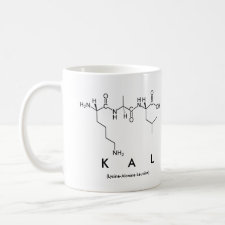
Authors: Sánchez-Barragán I, Karim K, Costa-Fernández JM, Piletsky SA, Sanz-Medel A
Article Title: A molecularly imprinted polymer for carbaryl determination in water.
Publication date: 2007
Journal: Sensors and Actuators B: Chemical
Volume: 123
Issue: (2)
Page numbers: 798-804.
DOI: 10.1016/j.snb.2006.10.026
Alternative URL: http://www.sciencedirect.com/science/article/B6THH-4MCWMCD-2/2/4860f22357b9728464d48ba30501f1f4
Abstract: A molecularly imprinted polymer (MIP) for the recognition of the methyl-carbamate pesticide carbaryl in water has been synthesized using a non-covalent approach. Selection of the monomers employed in the polymerisation was carried out by using molecular modelling. The functional monomers with the highest binding energy to the template were selected and used for the synthesis of MIPs. A flow-injection system for the selective and sensitive monitoring of carbaryl in water samples has been proposed based on the native fluorescent emission detection of the template retained by the MIP. This flow-injection system has demonstrated high specificity for carbaryl against other methyl-carbamate pesticides (e.g. bendiocarb and carbofuran). Detection limit for the target molecule turned out to be 0.27 μg/L (3 mL sample injections), with upper linear range above 50 μg/L and sample throughput of seven analysis per hour. The polymer can be easily regenerated for subsequent sample injections (at least up to 200 cycles tested) and showed good stability for at least 4 months after preparation. Finally, the potential and feasibility of monitoring carbaryl in environmental samples has been successfully demonstrated for spiked river water samples
Template and target information: carbaryl
Author keywords: Carbaryl, molecular imprinting, fluorescence, flow-injection analysis



Join the Society for Molecular Imprinting

New items RSS feed
Sign-up for e-mail updates:
Choose between receiving an occasional newsletter or more frequent e-mail alerts.
Click here to go to the sign-up page.
Is your name elemental or peptidic? Enter your name and find out by clicking either of the buttons below!
Other products you may like:
 MIPdatabase
MIPdatabase









